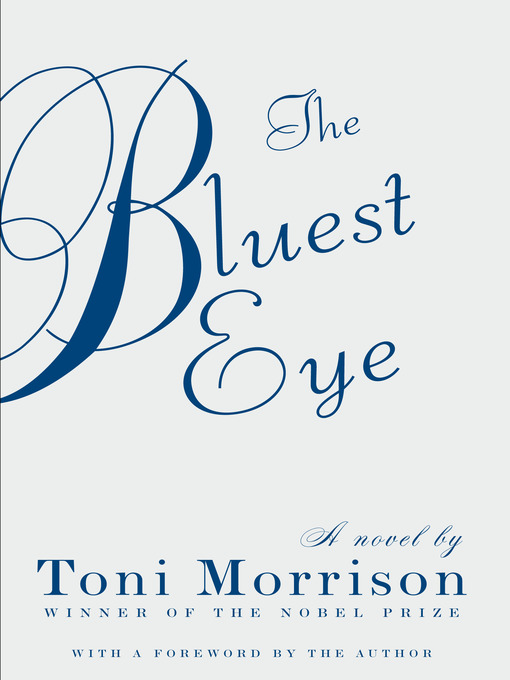It’s citizenship. No qualifier. Citizenship in the singular.
It’s not that we’ve gotten to a place where the phrase “digital citizenship” has gotten overused and we need to find some sort of new buzzword to help folks think they’re talking about something new.
On the contrary. It’s that the actual practices and spaces have collapsed on themselves and it’s time to help people realize they are talking about something very old. de Tocqueville old.
It’s not that removing the digital simplifies citizenship, it’s that it re-complicates it. It highlights the appropriate piece of the term and allows us to have a conversation about whom we want to be in our communities.
In the beginning, “digital citizenship” was a useful term. It helped us to conceptualize the ways we should and should not act in digital spaces. They were new rules for new spaces. We no more knew the ways we were supposed to act and keep ourselves in check in online spaces than we knew how long these spaces would exist – I’m looking at you Prodigy chat rooms.
Now, though, in many of the same ways 13 colonies showed, “Nope we’re sticking around for the long haul and we’d like to codify our existence,” the digital is proving just as much a destination as any physical space.
So, citizenship – period, hard stop.
In the same conversations where we talk about what it means to interact with people in places like parks, museums, libraries, and corner stores; it’s time we start to talk about how we behave in comment sections, chat conversations, blogs (the mico and the old school), and whatever is on the horizon.
Because, somewhere along the way, we started having more conversations about digital citizenship than citizenship and that’s surely a count against us.
It’s not that separating the digital from the physical in the citizenship conversation makes them seem like they’re driven by separate sets of rules. It’s that it implies they are the only spaces separated by different roles.
I act differently on the improv stage than I do in my office. My citizenship or community participation are similar and different in these spaces. My citizenship in this blog and my citizenship on Facebook are different. I decide the tone, how much I share, whom I hang around with, what I look like; and I decide it all in different ways. I do it all the same way I ask, “Is it okay for me to wear pajama pants to walk my dog?” and know it’s not okay to wear those pajama pants to the office.
It’s not that removing the digital simplifies citizenship, it’s that it re-complicates it. It highlights the appropriate piece of the term and allows us to have a conversation about whom we want to be in our communities.
At its very best, it asks who we want to be and throws away ridiculous consumerist terminology like “personal branding,” “identity management,” and the like.
One last thing. Citizenship is more difficult work than digital citizenship, requiring we move beyond locking down privacy, avoiding sharing, and absolute control and editing of what we put into the world.
Citizenship asks us to think about the fact that we are present in communities, whether we like it or not, and calls on us to be the types of citizens we’d like to see living next door.



